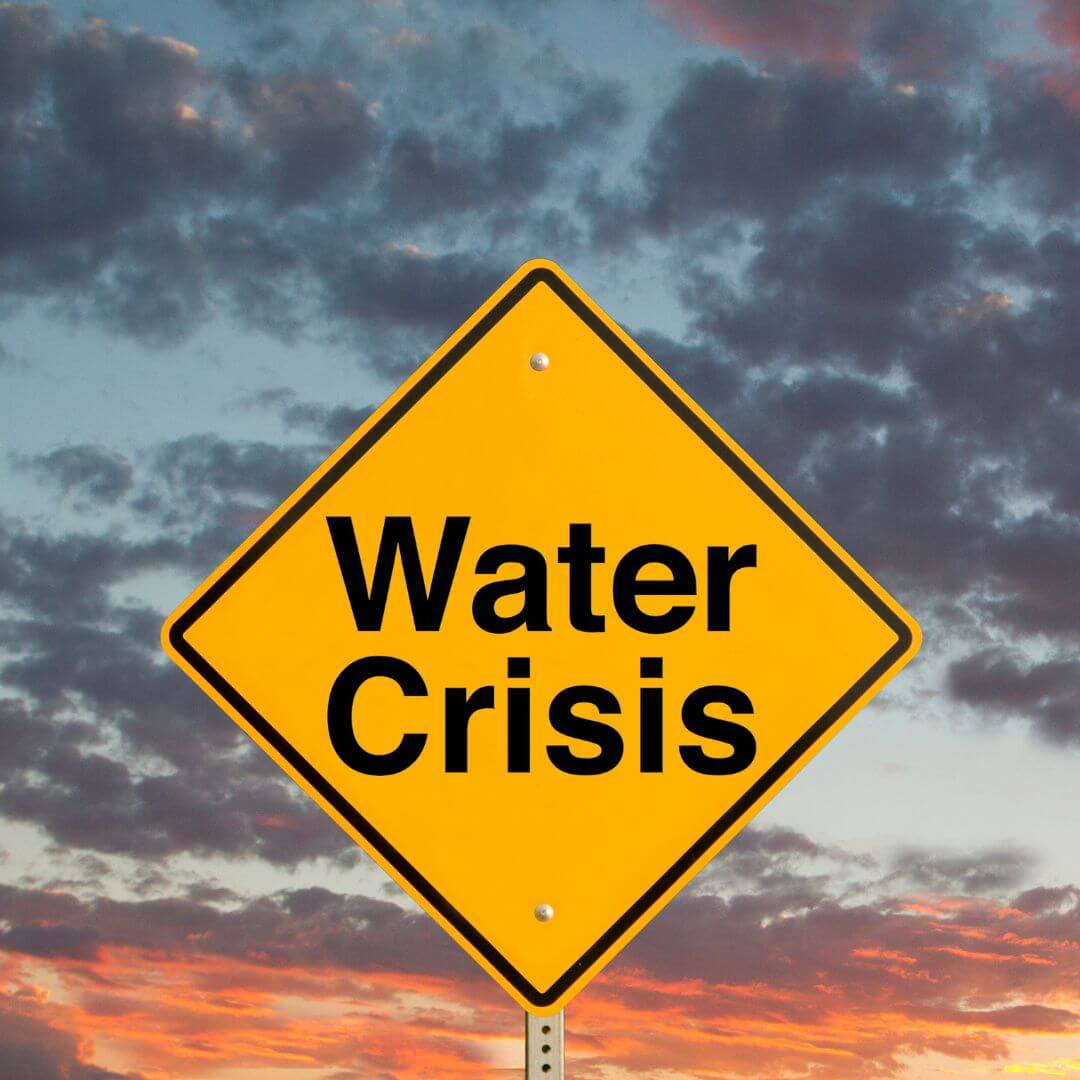Water, the essential source of life, plays a crucial role in both human activities and ecological processes. When demand for usable water overreaches supply, we speak of water scarcity. The extensive majority, about 70 percent, of freshwater worldwide is used for agricultural purposes, 19 percent is for industrial use and only 11 percent is for domestic use which includes drinking water.
In the world of water management, terms such as “physical water scarcity” and “economic water scarcity” are often used to describe different aspects of the water problem. We discuss the difference between these and how companies like Ekopak can have a sustainable impact.
Physical Water Scarcity
Physical water scarcity refers to the situation where there are insufficient water resources to meet the basic needs of a given region. This is due to geographical or climatic conditions. Factors such as limited rainfall, high evaporation rates, and dry climates contribute to physical water scarcity. In these areas, there is simply not enough water available to meet the needs of the population, agriculture, and industry.
The effects of physical water scarcity are often visible in the form of drought, reduced crop yields, and shortages in domestic water supply. Industries in these areas often have to look for alternatives to keep their business running in times of water scarcity. Ekopak helps them in guidance and transition to sustainable water reuse.
Economic Water Scarcity
On the other hand, we have economic water scarcity, a term that refers to the lack of infrastructure or financial resources to make the best use of water resources, even though there are sufficient physical water resources available in these areas.
Economic water scarcity is a man-made condition resulting from poor water management, lack of investment in water infrastructure, political unwillingness, or a combination of these factors. It often involves unequal distribution and access to clean water. Even in areas with sufficient water resources, communities cannot afford to access them due to a lack of necessary infrastructure.
Water shortage
Often both forms combine, leading to water shortage. Therefore, an affected area may face both a lack of rainfall and a shortage of suitable water storage facilities. However, experts say the root of the problem often lies with human factors although there are significant natural causes for water scarcity in the region. For example, the war in Ukraine damaged critical infrastructure, leaving six million people with limited or no access to safe water by 2022.
Sustainable water management
Managing both physical and economic water scarcity requires an approach at local, national, and international levels.
Ekopak plays a crucial role in combating water scarcity by implementing sustainable water management practices. This includes using advanced purification technologies, recycling water within production processes, and reducing water waste. Through sustainable water management, Ekopak aims to demonstrate how companies can play an active role in overcoming water scarcity.
Resources: Council on Foreign Relations, Investor Times



